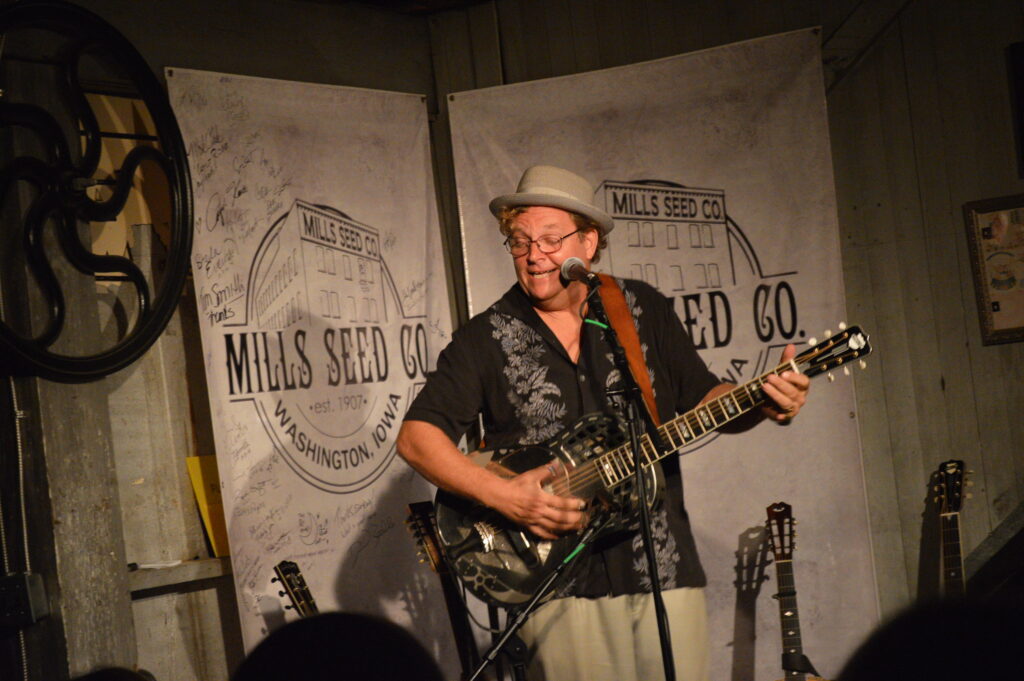
Catfish Keith performs Saturday, Sept. 1, 2018, at the Mills Seed Co. building, in Washington, Iowa. (photo/Cindy Hadish)
WASHINGTON, Iowa – For more than a century, the Mills Seed Co. building has stood the test of time, and now, in its new location, has moved into a new era.
Built in 1907 to house the Mills Seed Company’s western wholesale and distribution center, the three-story brick building has had a series of owners over the years, including Curran Co., the maker of greeting cards, and the Washington Pearl Button Company.
Treasured remnants of those businesses can be found throughout the building, which was moved in 2010 from 604 N. Seventh Ave., to its current site at 212 N. Iowa Ave., in Washington’s Main Street District.
Now owned by Terry Philips and a group of investors, the building is used as an annex for Friends of Historic Preservation’s Salvage Barn, with flooring and other salvaged items for sale, as space for window repair – one of Philips’ specialties – and as a performance venue for concerts and gatherings.
A recent event raised money for a memorial for a beloved member of the community, Ed Jones, who was allegedly killed by his roommate this summer.
The building has hosted a series of concerts over the past few years, including Catfish Keith, who performed in the intimate space on Saturday, Sept. 1, 2018. Philips also provides tours of the historic building during breaks.
Dates of future performances can be found on the Mills Seed Co. Facebook page.
Learn about the historic Wapsipinicon Mill in Independence, Iowa, the mansions of Bonaparte, Iowa, and see more photos from the Mills Seed Co., building, below:
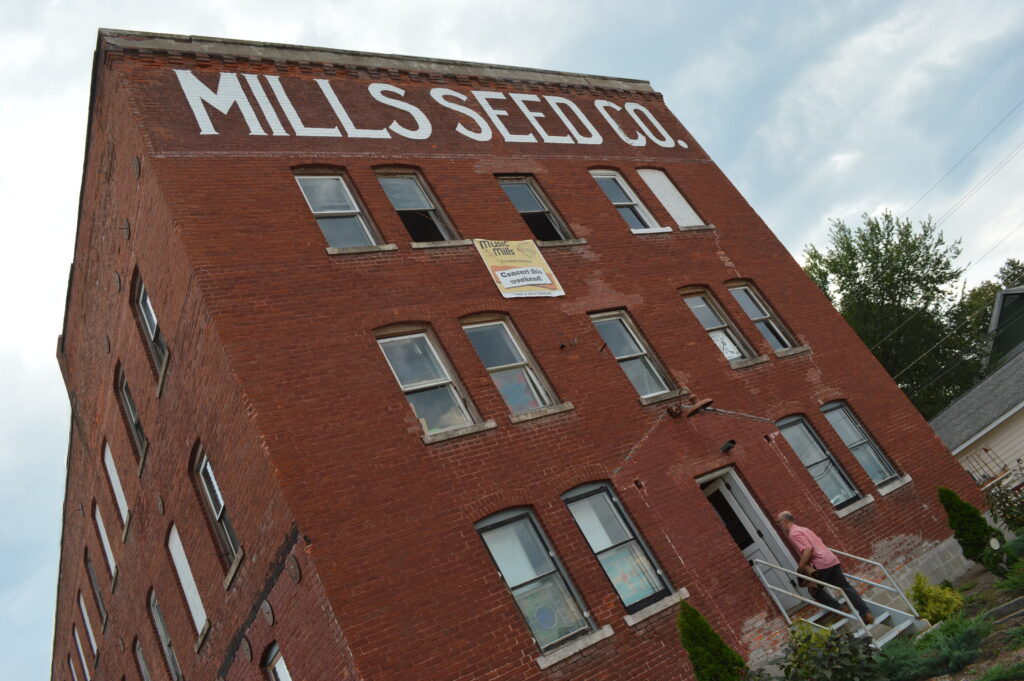
The three-story, brick Mills Seed Co., building was moved in 2010 to its current location in Washington’s Main Street district. (photo/Cindy Hadish)
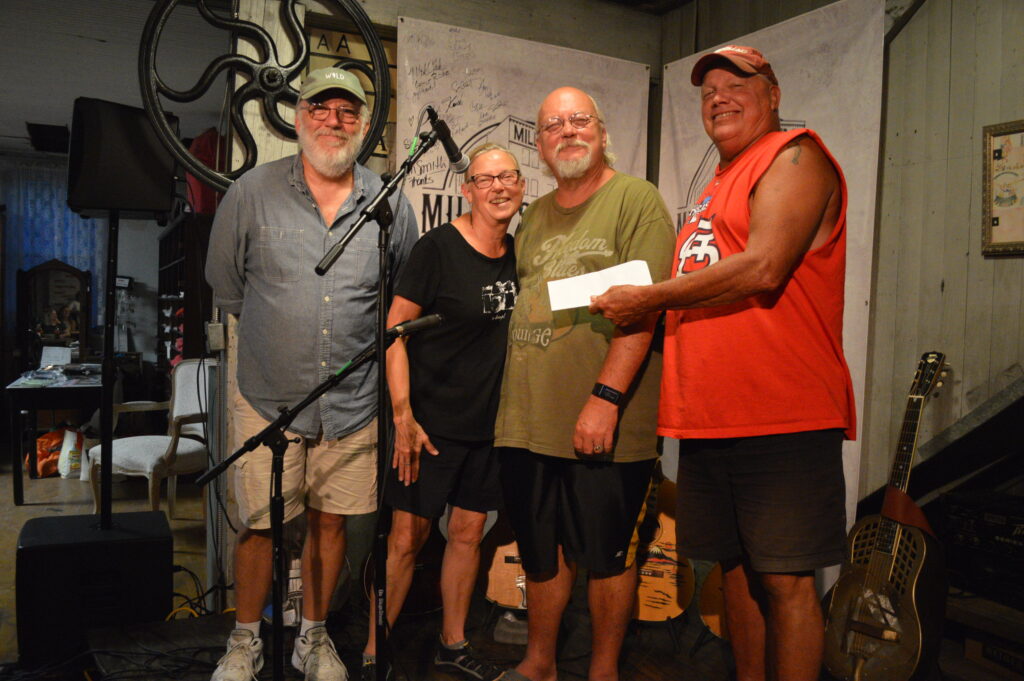
A recent event raised money to fund a memorial for a member of the community who was allegedly killed by his roommate. (photo/Cindy Hadish)
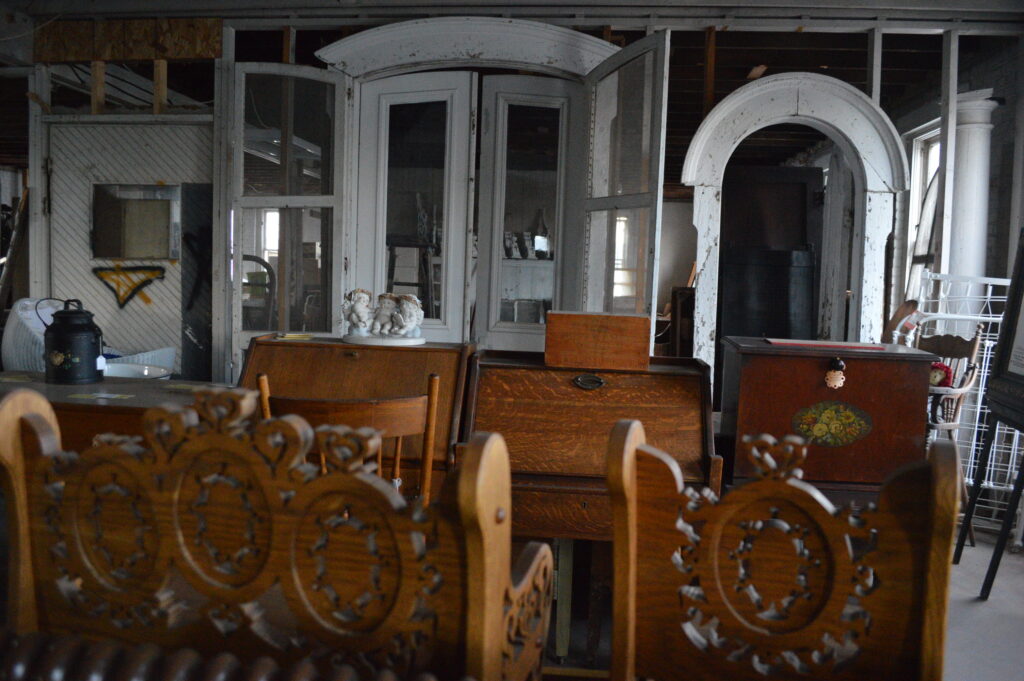
Salvaged items are seen on Saturday, Sept. 1, 2018, during a tour of the Mills Seed Co. building. (photo/Cindy Hadish)
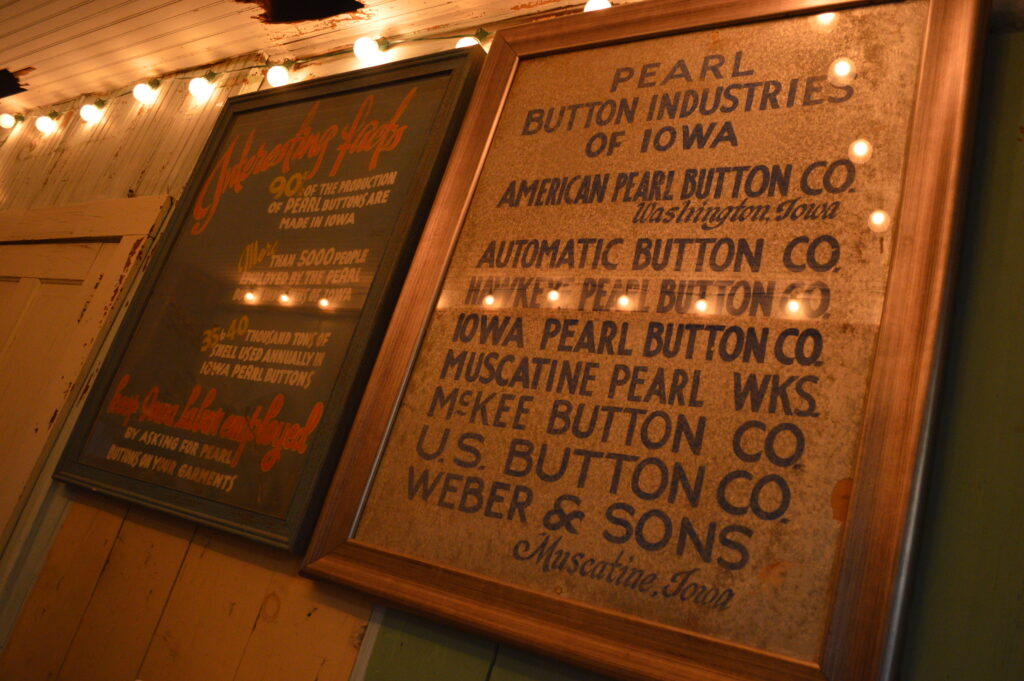
Signs that date back to the building’s use as a button business were saved and now adorn the walls of the Mills Seed Co. (photo/Cindy Hadish)
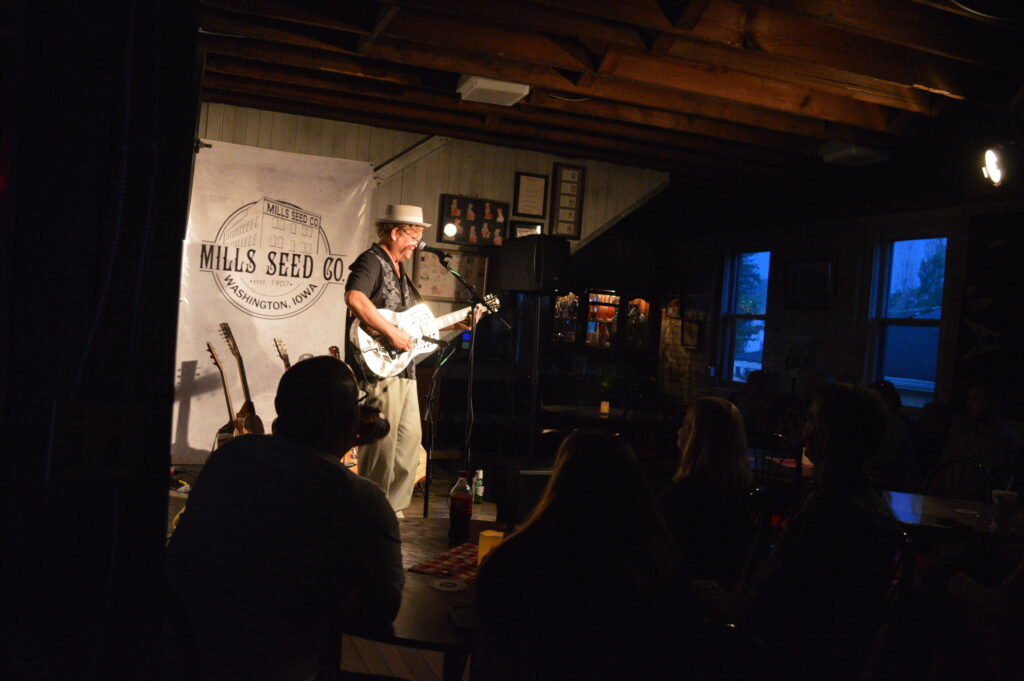
The audience enjoys a performance by Catfish Keith at the Mills Seed Co. building in Washington, Iowa. (photo/Cindy Hadish)
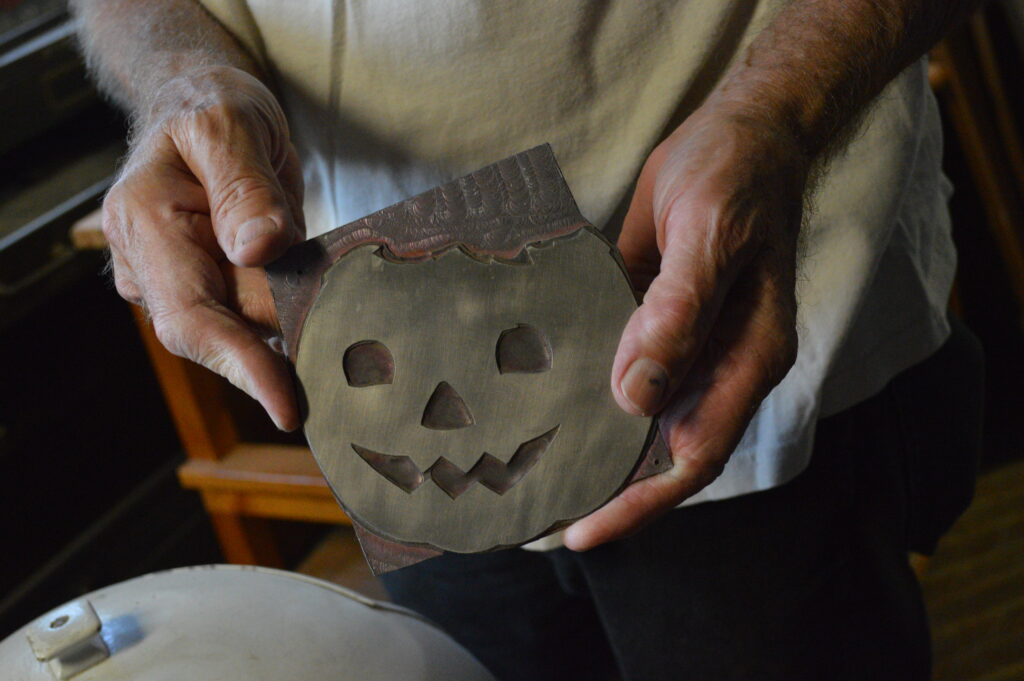
A Jack-o-lantern printing plate was among the many treasures left behind in the building. (photo/Cindy Hadish)
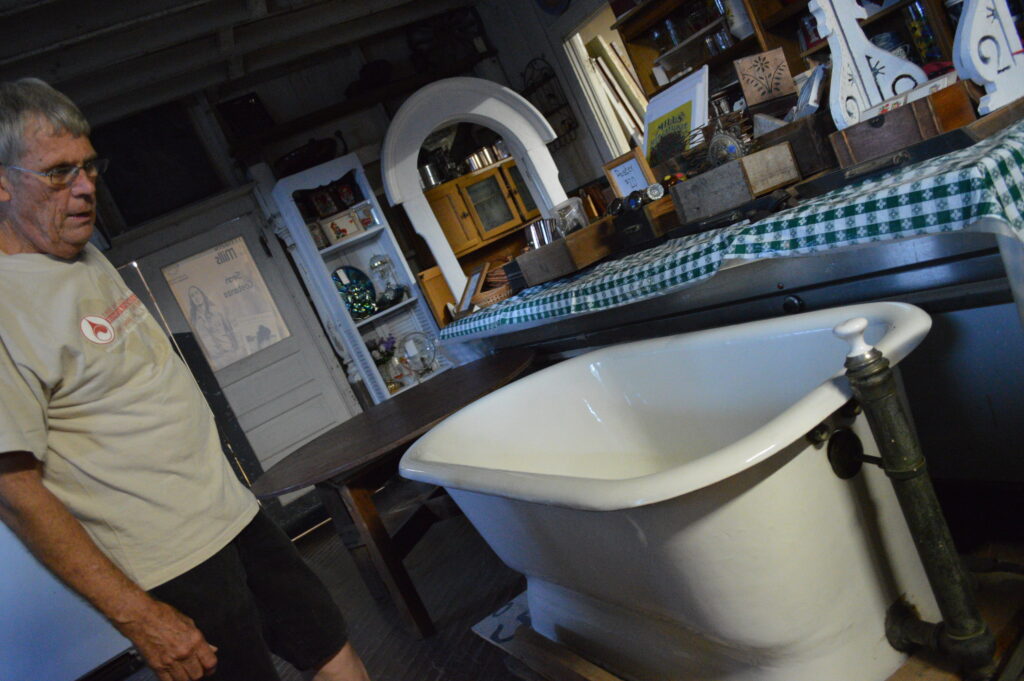
Terry Philips shows a vintage tub during a tour of the Mills Seed Co. building in Washington, Iowa. (photo/Cindy Hadish)
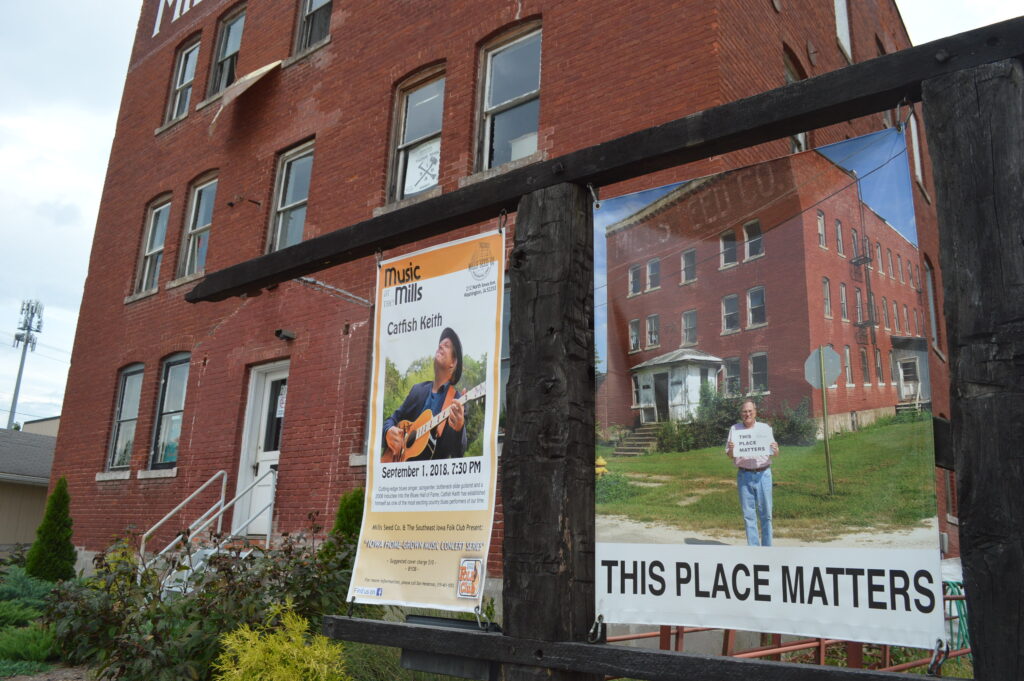
The Mills Seed Co., building was moved in 2010 to its current site in Washington, Iowa. (photo/Cindy Hadish)

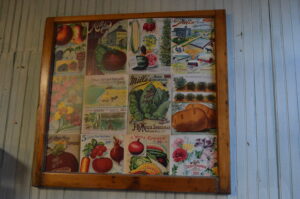
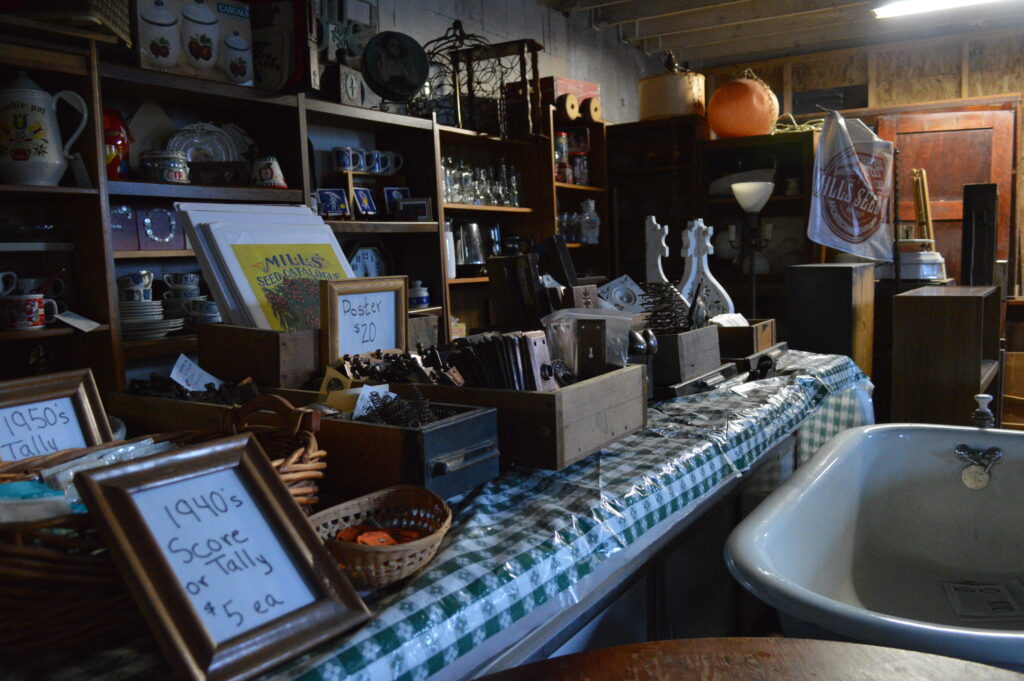
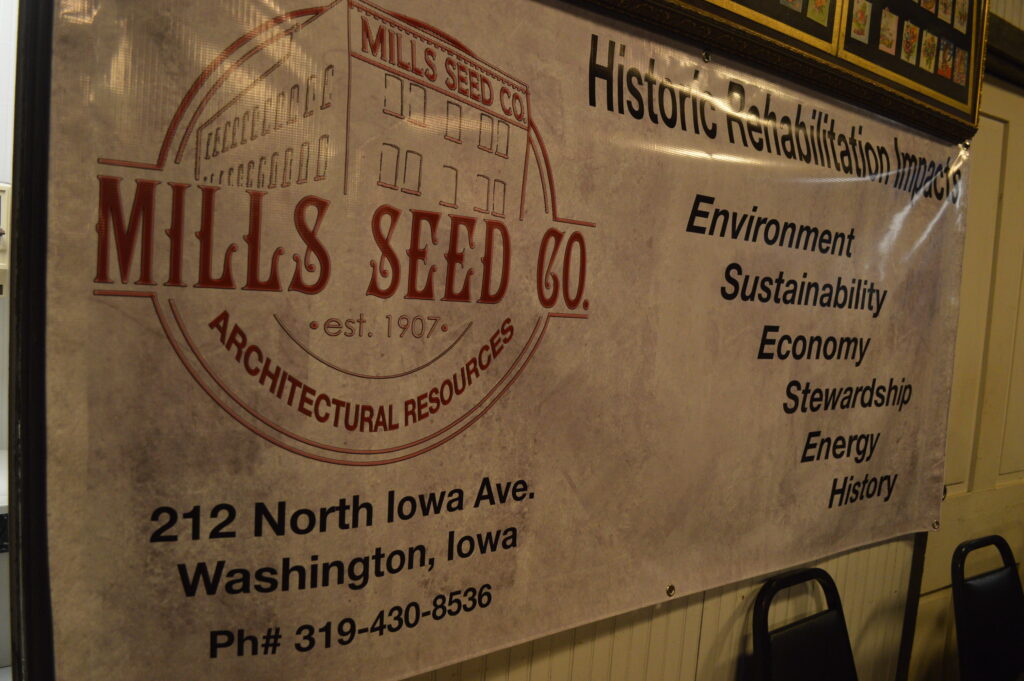
How were they able to move a three story brick building?
Just as they move any other building. In fact, not far away, the much larger National Czech & Slovak Museum & Library was moved after the 2008 flood: http://www.savecrheritage.org/photos-museum-meetup-at-national-czech-slovak-museum-library-and-sykora-bakery/
if a building is moved from its original spot ….is. ot comciderd HISTORICAL….ITA JUST ANOTHER OLD BUILDING
Not sure if I’m interpreting your message correctly, but that is inaccurate if you’re saying a building cannot be considered historical if it’s been moved. It may be more difficult to list a building on the National Register of Historic Places if it has been relocated, but it is possible.